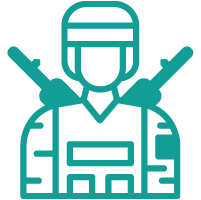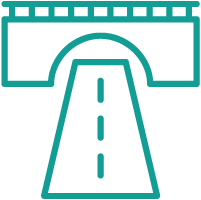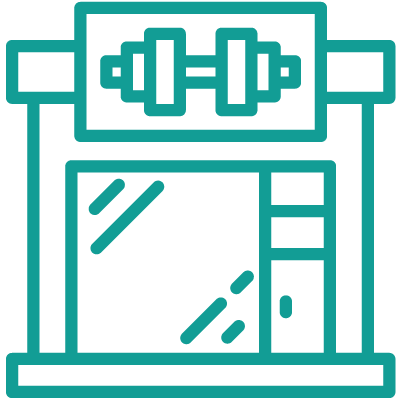MR for Engineering & Manufacturing
3D Walkabout is an Australian based MR studio that designs amazing MR apps for Engineering & Manufacturing Industry.
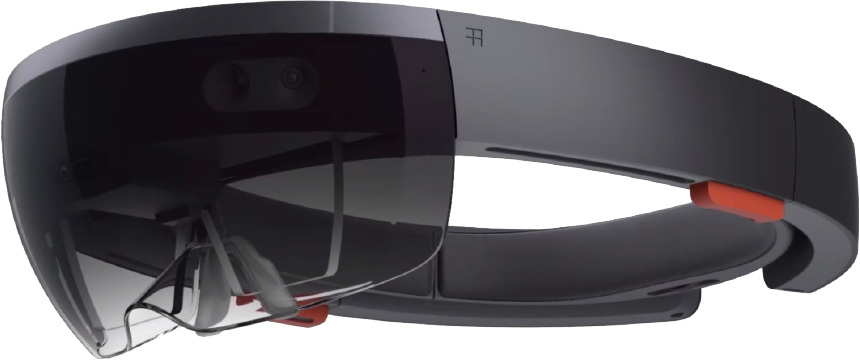
Mixed Reality (MR) for Engineering & Manufacturing Industry
What are the benefits of MR for the Engineering & Manufacturing industry?
Take advantage of your customers’ ideas to create a better product
Allows you to test your prototype without having to build it first
Allows you to easily visualize your designs as they will be built in real life
Enables you to collaborate with other team members on projects easily
Allows you to easily share what you’re working on with clients or customers
MR is great for training purposes to train your team efficiently
Users can view and interact with a product’s design in its intended environment to test
Reduces costs associated with prototyping
Enables increased efficiency
Increased speed and accuracy of product development using MR product design
How MR is currently being used in by engineering & manufacturing companies
Mixed reality (MR) is a technology that allows virtual objects to interact with real-world objects. This can provide an immersive experience for users and has been used in many different industries, including architecture, engineering, and manufacturing.
Engineering companies are using mixed reality to allow employees to collaborate on projects remotely. Engineers can walk through a project’s design together in real time, providing feedback on its design and discussing any issues before they arise during construction or implementation. Manufacturing companies are using mixed reality for training purposes. With AR experiences like 3D Walkabout, manufacturers can train new employees using MR manufacturing on how to operate machinery or perform assembly tasks without having them do those things in real life (which could be dangerous). With VR experiences like 3D Walkabout, employees can simulate scenarios that could happen on the job without risking injury or damage to property or equipment by doing them in real life first.
Engineers can show customers how their products will look and interact with other objects without having to produce physical prototypes. This allows them to save time and money by avoiding manufacturing errors before production begins.
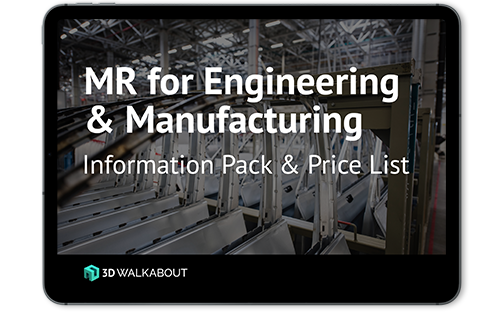
Brainstorm your ideas on 1300 00 3392
If you’d like to receive our full ‘MR for Engineering & Manufacturing Information Pack & Price List‘ please add your details below.
The industries we work in
MR Engineering & Manufacturing Projects
No Results Found
The page you requested could not be found. Try refining your search, or use the navigation above to locate the post.
MR Engineering & Manufacturing Articles
MR Engineering & Manufacturing Videos
Frequently Asked Questions
How does MR improve efficiency on the factory floor?
MR empowers workers with digital work instructions, step-by-step guidance, and real-time data visualization, streamlining assembly processes, reducing errors, and increasing productivity in manufacturing operations.
What are the benefits of using MR for quality control and inspection in manufacturing?
MR enables real-time overlay of digital information onto physical objects, facilitating visual inspection, measurements, and comparisons to CAD models, ensuring high-quality production and minimizing defects.
Can MR be used for training and skills development in the manufacturing sector?
Absolutely! MR provides immersive training experiences, allowing workers to practice complex assembly processes, safety procedures, and equipment operation, leading to enhanced skills and reduced training costs.
How does MR enhance the design process in engineering and manufacturing?
MR allows engineers to create virtual 3D models, simulate product functionality, identify design flaws, and collaborate on design iterations, leading to improved product designs and reduced time-to-market.
What is the role of Mixed Reality (MR) in the engineering and manufacturing industry?
MR enables engineers and manufacturers to visualize and interact with virtual designs and prototypes, facilitating efficient product development, assembly line optimization, and quality control.















